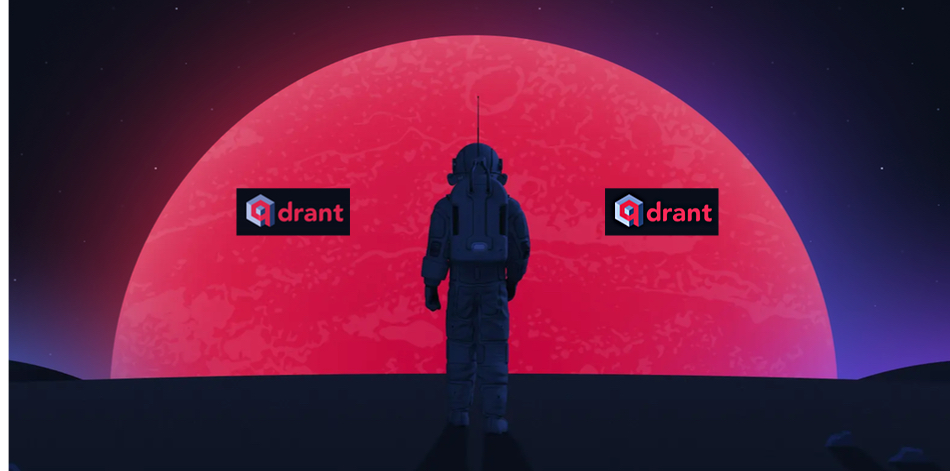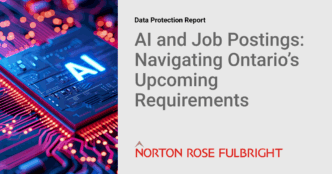Qdrant is pushing vector databases as the backbone of AI inference pipelines with over 10 million installs. Founder Andre Zayarni outlined how vector search powers retrieval-augmented generation (RAG) and AI agents by enabling real-time, context-aware access to proprietary enterprise data.
Zayarni broke down the AI data pipeline, stressing that training and inference pipelines are separate. Vectors store embeddings created from unstructured sources like documents, images, and code—allowing fast semantic retrieval.
Andre Zayarni stated:
It’s important to separate training from inference. Training pipelines prepare raw data to fine-tune or pre-train foundation models, while inference pipelines focus on applying those models to real-world tasks. Vector search is central to the inference stage: embeddings are created from relevant data sources and stored for fast retrieval, enabling techniques like RAG and increasingly, agentic RAG – to augment model outputs with real-time, context-aware information. This augmentation is critical when models need access to dynamic, proprietary, or task-specific knowledge, like enterprise IP, that wasn’t part of their original training. This is where dedicated vector search comes in, acting as the semantic retrieval layer for high-performance AI applications.
He confirmed AI pipelines prioritize unstructured data but use structured metadata for filtering and organization. Qdrant’s vector database accepts pre-processed vectors with complex filters and multi-tenancy to protect sensitive data.
Zayarni highlighted the inefficiency of general-purpose databases for vector search. He pushed native vector databases for their hybrid search features, low-latency indexing, and scalability.
Andre Zayarni explained:
Data should be vectorized using embedding models that align with your task and domain – but once transformed, vectors are large, fixed-size, and computationally intensive to search efficiently. General-purpose databases are fundamentally not designed for high-dimensional similarity search; they lack the indexing structures, filtering precision, and low-latency execution paths needed for real-time retrieval at scale. In contrast, native vector databases are purpose-built for this challenge, offering features like one-stage filtering (applying structured filters during search), hybrid search, quantization, and intelligent query planning. These become essential for building AI systems that rely on fast, semantically relevant results across massive, evolving datasets.
Qdrant supports both on-prem and cloud deployment with storage optimized for vector workloads using memory mapping and tiered RAM-disk balancing.
He downplayed Nvidia GPUDirect, saying Qdrant uses Vulkan API for GPU acceleration across Nvidia, AMD, and integrated GPUs, avoiding vendor lock-in.
Andre Zayarni added:
Nvidia GPUDirect is not a necessity for a vector database. It’s a low-level hardware feature mainly relevant to high-throughput data transfer between storage and GPU memory. In vector search, performance hinges more on fast indexing and retrieval – tasks that can be GPU-accelerated without relying on GPUDirect. Qdrant, for example, uses the Vulkan API to enable platform-agnostic GPU acceleration for indexing, allowing teams to benefit from faster data ingestion across Nvidia, AMD, or integrated GPUs without being locked into a specific vendor.
Security gets heavy focus. Qdrant offers vector-level API key controls, multi-tenancy, and RBAC to enforce zero-trust principles—treating AI agents like human users for secure data access.
Andre Zayarni stated:
AI agents should follow the same zero trust principles as human users, with strict authentication and scoped access. Capabilities like vector-level API key permissions, multi-tenancy, and cloud RBAC ensure secure, compliant agent interactions.
Qdrant’s vector DB is positioning itself as the core memory and retrieval engine for AI agents using standardized Memory-Centric Processing (MCP) interfaces.
The startup is carving out space as AI adoption grows—and companies need vector data search that keeps pace with the complexity of unstructured workloads and strict security demands.














